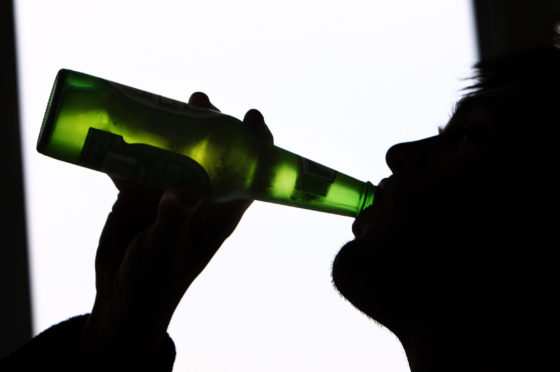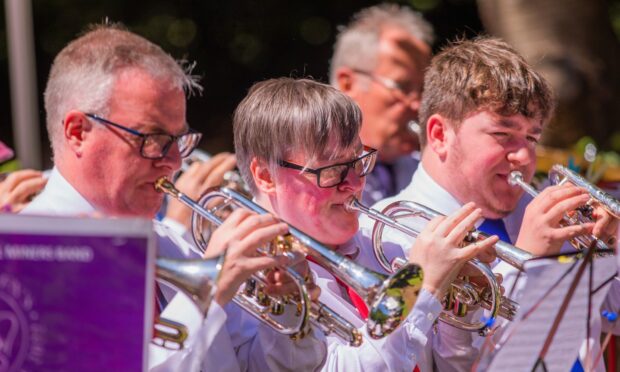A worrying spike in the number of children admitted to hospital under the influence of alcohol in Fife has sparked concern about underage drinking in the region.
Figures obtained by The Courier have revealed the number of children under the age of 16 who were admitted to accident and emergency or NHS Fife hospitals while drunk in the first nine months of last year is already equal to the total for 2017 and far above the 2016 figure.
A handful of youngsters have been treated each year for acute alcohol poisoning.
Thirty-two young people were seen at A&E while under the influence in 2016, rising to 53 the following year.
Between January and September last year, 53 children were admitted. Figures for October, November and December are not yet publicly available but are expected to dramatically increase the 2018 total.
Helen Wright, NHS Fife director of nursing, said: “The number of young people admitted to Fife hospitals under the influence of alcohol is relatively small, although there has been a slight rise over the last three years.
“Due to limited data in relation to these numbers, it is difficult to draw any firm conclusions as to the reasons for this increase.
“NHS Fife works closely with schools, outreach groups and third sector organisations to help educate young people about the short and long term impacts of drinking alcohol.
“There is also a range of services and support available to children and young people in Fife who run the risk of harmful exposure to alcohol and drugs.”
The statistics come in the wake of a report in which agencies suggested rates of drinking among teenagers have been falling in Fife.
A total of 42% of 13-year-olds and 72% of 15-year-olds said they had ‘ever had a proper alcoholic drink’ in the most recent survey, compared to 73% and 91% in 2002.
That same report also noted the most common sources of alcohol for young people in both age groups in Fife were ‘from a friend’ (39%), ‘from a relative’ (35%) and ‘from home with or without permission’ (29%).
Fifteen year olds were most likely to get alcohol from a friend, whilst 13-year-olds were most likely to get alcohol ‘from home with or without permission’.
Purchases of alcohol by young people from a shop or supermarket were said to be rare, with 6% reporting that they had bought alcohol from a shop and 2% from a supermarket.









